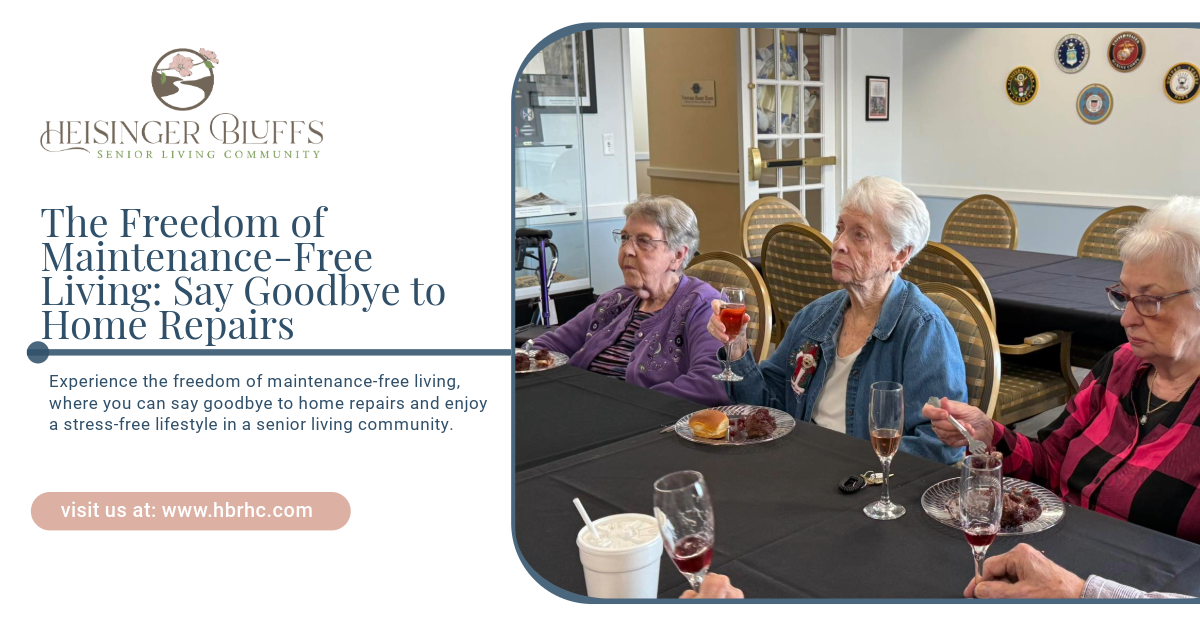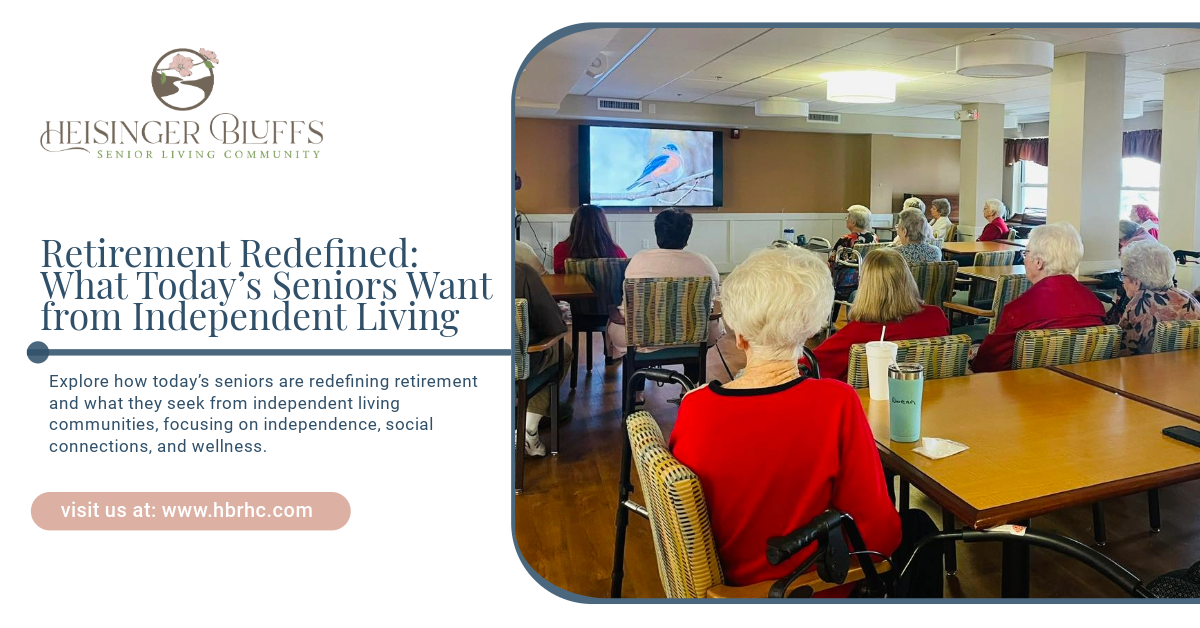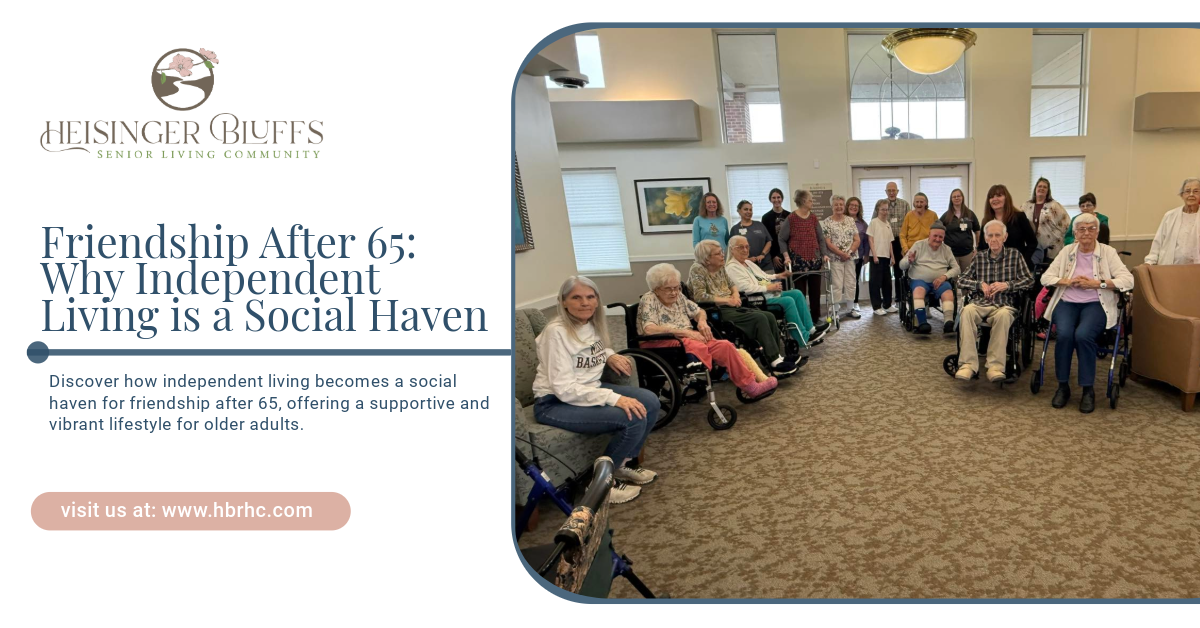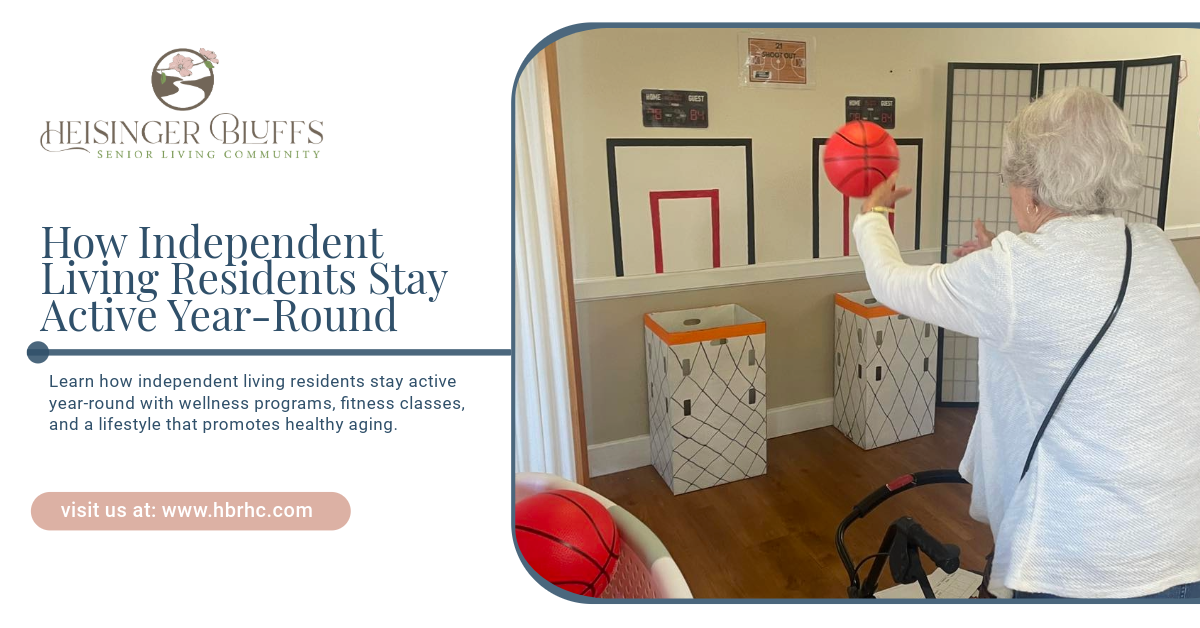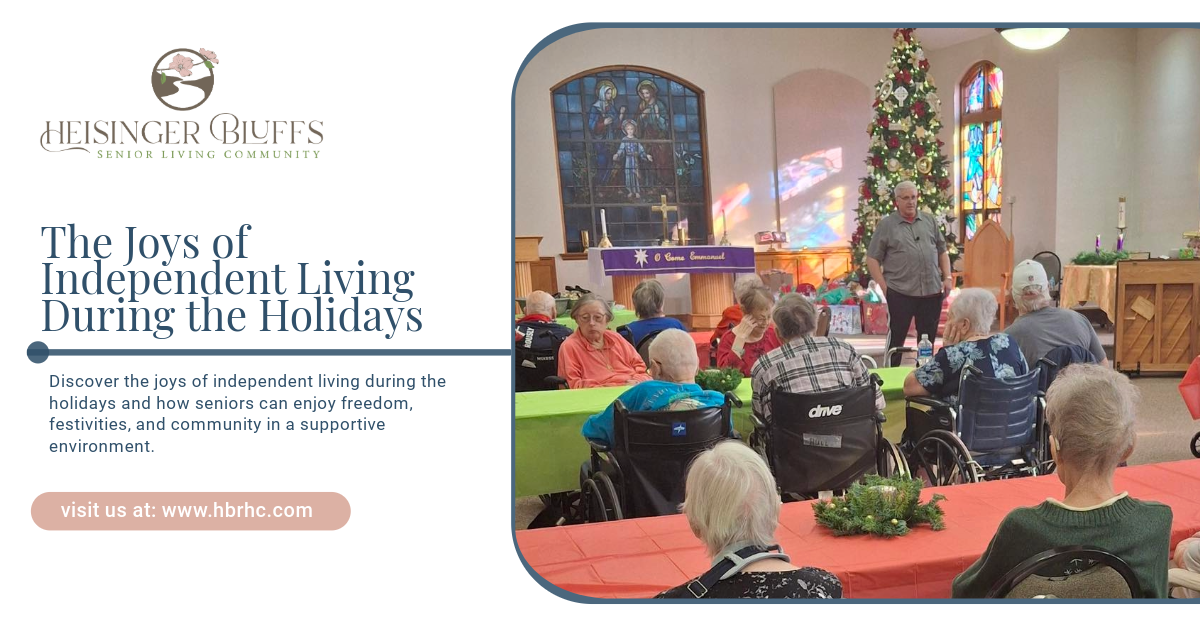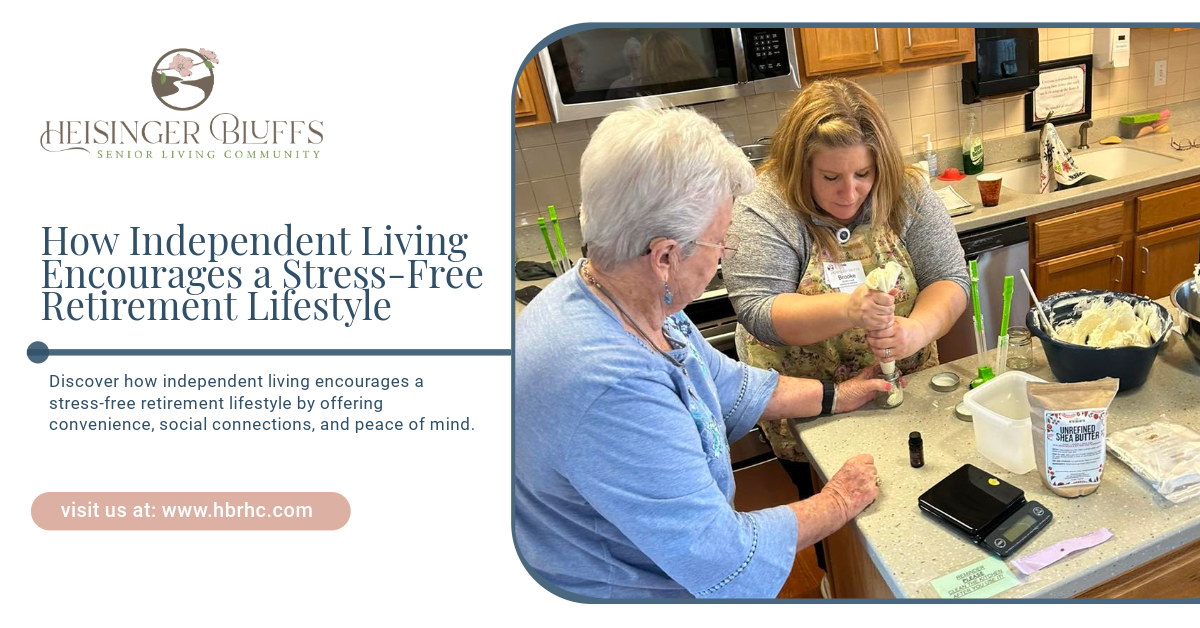Get in touch
The Role of Community Dining in Senior Living: More Than Just a Meal

Community Dining in a Senior Living
Dining is a fundamental aspect of human life, serving not just as a necessity for survival, but also as a crucial component of social interaction and community building. In senior living communities, the dining experience takes on a deeper significance. It is not merely about providing nutritious meals; it is about creating opportunities for socialization, fostering relationships, and enhancing the overall well-being of residents. This blog post will explore the multifaceted role of community dining in senior living, emphasizing its benefits beyond just sustenance.
The Importance of Shared Meals in Senior Living
As individuals age, maintaining social connections becomes increasingly important for mental and emotional well-being. Loneliness and isolation can have profound effects on seniors, impacting their health and quality of life. Shared dining experiences in senior living communities offer a solution to combat these feelings.
Community dining allows residents to come together, share stories, and enjoy each other’s company. It encourages engagement and interaction, helping seniors form friendships and strengthen existing relationships. These social connections can lead to increased happiness, improved mental health, and a more vibrant community life.
- Fostering Social Connections: Meals become an opportunity for residents to connect, share experiences, and build friendships.
- Combating Loneliness: Regular communal dining helps mitigate feelings of isolation and loneliness among seniors.
- Creating a Sense of Belonging: Shared meals contribute to a feeling of community and belonging, enhancing overall resident satisfaction.
Nutritional Benefits of Community Dining
Nutrition plays a critical role in the health and well-being of seniors. As metabolism changes with age, so do dietary needs. Senior living communities prioritize the health of their residents by providing balanced, chef-prepared meals that meet these evolving nutritional requirements.
- Customized Meal Plans: Many communities offer individualized meal plans to accommodate specific dietary needs, such as low-sodium, diabetic-friendly, or gluten-free options.
- Fresh, High-Quality Ingredients: Professional chefs often source fresh, seasonal ingredients, ensuring that meals are not only nutritious but also delicious.
- Balanced Diet: Community dining typically emphasizes well-balanced meals that include fruits, vegetables, whole grains, and lean proteins, providing residents with the essential nutrients they need.
Shared dining experiences also allow for the incorporation of education around nutrition. Many communities host workshops or discussions about healthy eating habits, empowering residents to make informed dietary choices.
Chef-Prepared Meals: A Cut Above the Rest
One of the hallmarks of community dining in senior living is the emphasis on quality food prepared by skilled chefs. These meals are designed not just to nourish the body, but also to delight the palate.
- Culinary Creativity: Chef-prepared meals showcase culinary creativity, offering a diverse menu that introduces residents to new flavors and cuisines.
- Presentation Matters: Meals are often beautifully plated, enhancing the dining experience and making mealtime more enjoyable.
- Theme Nights and Special Events: Many communities host themed dining events, such as holiday celebrations or international cuisine nights, adding excitement and variety to the dining experience.
The commitment to providing high-quality, chef-prepared meals is essential in maintaining residents’ interest in dining and encouraging them to eat regularly, which is crucial for their health.
Social Engagement Through Dining
Community dining goes beyond just the act of eating; it is a platform for social engagement. Many senior living communities integrate various activities into the dining experience to enhance social interaction.
- Dining Activities: Activities such as trivia nights, cooking demonstrations, or even simple conversation starters can be incorporated into meal times, fostering engagement among residents.
- Family Involvement: Some communities encourage family members to join residents for meals, creating opportunities for bonding and connection between generations.
- Celebrating Milestones: Shared dining can be a part of celebrating birthdays, anniversaries, or community events, reinforcing the sense of community and shared joy.
The atmosphere created during shared meals can lead to laughter, storytelling, and new friendships, enriching residents’ lives and enhancing their emotional well-being.
The Role of Staff in Community Dining
The staff in senior living communities play a vital role in creating a positive dining experience. From chefs to dining staff, their interactions with residents can significantly impact how meals are perceived.
- Building Relationships: Staff members who engage with residents during meals can help build rapport and foster a sense of familiarity and comfort.
- Accommodating Special Needs: Trained staff are adept at recognizing and addressing residents' individual needs, ensuring that everyone feels included and cared for during mealtimes.
- Creating a Welcoming Atmosphere: A warm, friendly dining environment encourages residents to participate fully in community dining, enhancing their overall experience.
Staff training often includes not only culinary skills but also customer service, communication, and empathy, ensuring a holistic approach to dining in senior living communities.
Adapting to Dietary Restrictions
As people age, many develop dietary restrictions due to health conditions or personal preferences. Senior living communities recognize this need and adapt their dining services accordingly, ensuring that all residents can enjoy meals without compromising their health.
- Allergy Awareness: Staff are trained to recognize common allergens and prepare meals that cater to residents’ specific dietary needs.
- Flexibility in Menu Options: The ability to customize meals allows residents to maintain their preferred eating habits while still participating in community dining.
- Nutritional Consultation: Many communities offer access to nutritional experts who can provide guidance on dietary choices, helping residents make informed decisions about their meals.
By accommodating dietary restrictions, senior living communities promote inclusivity and ensure that all residents can enjoy their dining experiences.
Creating a Positive Dining Environment
The dining environment itself can significantly influence residents’ dining experiences. A well-designed, inviting dining space enhances the overall atmosphere and encourages residents to gather.
- Comfortable Seating: Comfortable, accessible seating arrangements make it easy for residents to socialize and enjoy their meals together.
- Aesthetic Appeal: Beautifully decorated dining areas with natural light and pleasant surroundings can elevate the mealtime experience.
- Quiet Spaces: Providing quieter areas for residents who may prefer a more peaceful dining experience allows for greater choice and comfort.
Creating a positive dining environment contributes to a more enjoyable experience, encouraging residents to participate actively in community dining.
The Benefits of Community Dining for Mental Health
The psychological benefits of communal dining cannot be overstated. Engaging with others during meals can significantly enhance mental health, contributing to overall well-being.
- Sense of Purpose: Regularly attending communal meals gives residents a sense of routine and purpose, positively affecting their mood and outlook on life.
- Cognitive Engagement: Engaging in conversations during meals stimulates cognitive function, promoting mental sharpness and reducing the risk of cognitive decline.
- Stress Reduction: Sharing meals in a relaxed, social environment can help alleviate stress and anxiety, promoting a more peaceful state of mind.
By prioritizing community dining, senior living communities create an environment that nurtures mental health and overall wellness.
Community Feedback and Continuous Improvement
Senior living communities understand that resident feedback is crucial in maintaining high standards in dining services. Regular surveys and discussions with residents allow for continuous improvement and adaptation to meet the changing needs and preferences of the community.
- Resident Councils: Many communities have resident councils that provide input on meal options, dining experiences, and suggestions for improvement.
- Taste Testing: Involving residents in taste-testing new menu items ensures that meals cater to their preferences and encourages their active participation.
- Ongoing Training: Continuous training for dining staff ensures they remain responsive to resident feedback and can implement necessary changes effectively.
This commitment to feedback fosters a culture of respect and inclusion, ensuring that dining services evolve to meet residents' needs.
Conclusion
Community dining in senior living is about much more than just providing meals. It is a crucial aspect of fostering social connections, supporting nutritional needs, and enhancing the overall well-being of residents. From shared experiences and chef-prepared meals to a welcoming environment, the benefits of community dining extend far beyond the plate.
At Heisinger Bluffs, we recognize the importance of community dining and are dedicated to creating a vibrant dining experience that nurtures social bonds and promotes the health of our residents.
Frequently Asked Questions
What types of meals are typically served in senior living communities?
Senior living communities often serve balanced, chef-prepared meals that cater to various dietary needs, including low-sodium, diabetic-friendly, and vegetarian options.
Can family members join residents for meals?
Yes, many senior living communities encourage family members to join residents for meals, fostering connections and enhancing the dining experience.
How do senior living communities accommodate dietary restrictions?
Describe the item or answer the question so that site visitors who are interested get more information. You can emphasize this text with bullets, italics or bold, and add links.



Want to know more?
We will get back to you as soon as possible.
Please try again later.
You May Also Like To Read
Heisinger Bluff’s Life Plan Community is here to make your senior years safe, stimulating and enjoyable so that you can savor the present, knowing the future will be taken care of.
QUICK LINKS
CONTACT
©2024. Heisinger Bluffs. All rights reserved.


